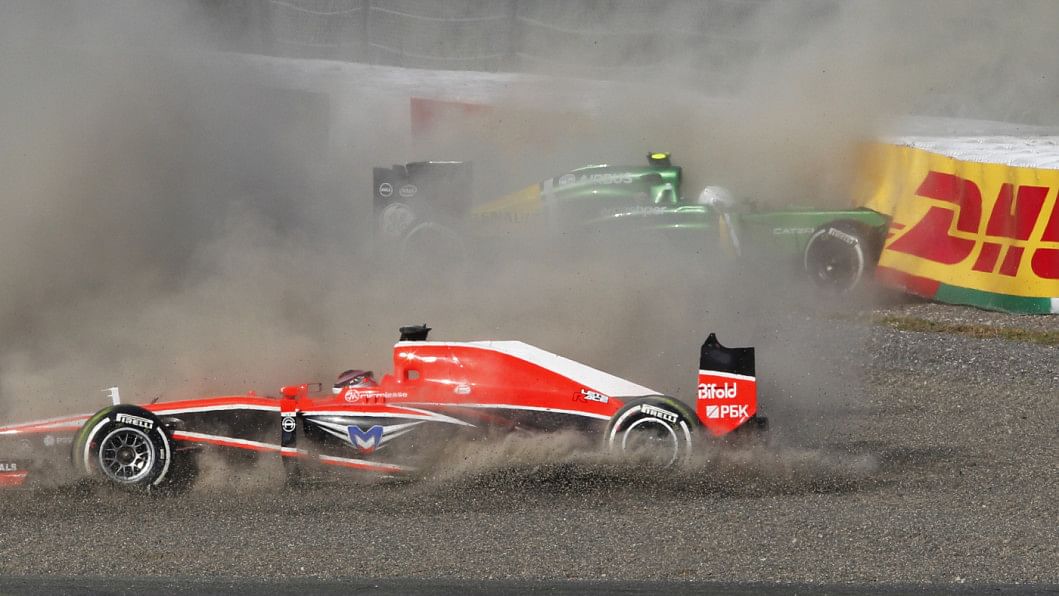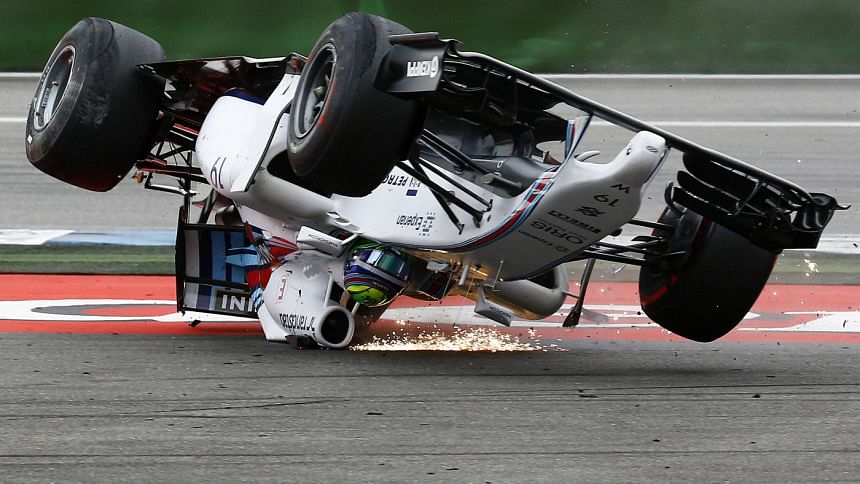F1 safety and the demise of Jules Bianchi

Formula 1 has been the pinnacle of motorsport for a while now. It got there with a worldwide appeal over decades of the sport, the drivers lauded as heroes and the cars treated as hyperspace jump ships and chariots for gods. One of the main reasons for such mainstream appeal for a motorsport was the element of danger involved in Formula 1, considered by many to be one of the most extreme of sports devised.
On October 5, 2014, the Japanese Grand Prix was greenlit at the Suzuka Raceway. Typhoon Phanfone threatened to wash out the race, but as has happened several times before in Japan, the threat of low-grip conditions was ignored. The race began at 3pm local time, with Frenchman Jules Bianchi of Marussia starting 20th on the grid. A few minutes before Lap 43, German Adrian Sutil crashed his Sauber into a wall, and a tractor was sent out to rescue the stricken car. Moments later, Bianchi arrived at that portion of the track and was unable to slow down enough in compliance with the double waved yellow flags. He lost control of his Marussia at 132mph in the wet in and ultimately overcooked his slide, veering off the track and straight towards the 6.8 tonne tractor. Travelling at 78mph, Jules Bianchi's helmet struck the sloping underside of the tractor, violently forcing it the ground and nearly injuring a marshal. Bianchi was taken to a hospital in Yokkaichi.

That was nine months ago. Last month, on 21 July 2015, Jules Bianchi passed away, denying millions of F1 fans worldwide who still held hope nine months in, drawing hope from Michael Schumacher's miraculous recovery from a skiing-accident induced coma the previous year. Bianchi ultimately succumbed to the incredible head impact injury that left him fighting with multiple brain injuries. In the subsequent 396 page report following the crash, it was determined that Bianchi's head suffered an impact measuring 254G, which is equivalent to dropping the car, head first, from a height of 48 metres.

It would be the first death in a Formula 1 race weekend after AyrtonSenna's tragic death at Imola in 1994. After Ayrton (and Roland Ratzenberger's death the day before), Formula 1 would enter into a new era where on track safety was apparently the topmost priority for the Federation Internationale de l'Automobile (FIA). There were a couple of close shaves, with near death instances for Mark Webber and Felipe Massa, and the slight edge that modern safety standards gave them were ultimately responsible for bringing them back to the track.
Now, with Bianchi's ultimate demise, the pressure is on FIA to up their standards once again, with pundits urging the international motorsports regulation body to ban the use of slow moving, large tractors in rescue operations, as well as the introduction of a virtual safety car that would electronically limit the speeds of every car on track in the event of a crash.
The ball is in the FIA's court now, and we can only hope to do justice by Jules Bianchi.

 For all latest news, follow The Daily Star's Google News channel.
For all latest news, follow The Daily Star's Google News channel. 



Comments